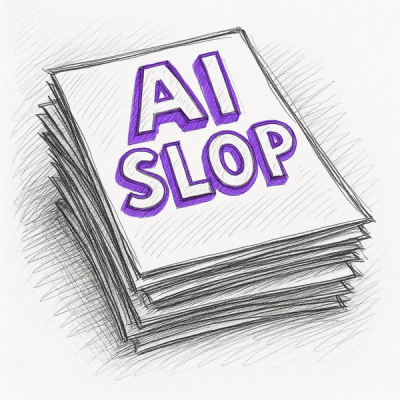
Security News
Potemkin Understanding in LLMs: New Study Reveals Flaws in AI Benchmarks
New research reveals that LLMs often fake understanding, passing benchmarks but failing to apply concepts or stay internally consistent.
This package allows you to read/write pandas dataframes in MongoDB in the simplest way possible.
Install pdmongo::
pip install pdmongo
Write a pandas DataFrame to a MongoDB collection::
import pandas as pd
import pdmongo as pdm
df = pd.DataFrame({'A': [1, 2], 'B': [3, 4]})
df.to_mongo("MyCollection", "mongodb://localhost:27017/mydb")
Read a MongoDB collection into a pandas DataFrame::
import pdmongo as pdm
df = pdm.read_mongo("MyCollection", [], "mongodb://localhost:27017/mydb")
print(df)
You can use an aggregation query to filter/transform data in MongoDB before fetching them into a data frame. This allows you to delegate the slow operation to MongoDB.
Reading a collection from MongoDB into a pandas DataFrame by using an aggregation query::
import pdmongo as pdm
import pandas as pd
# First generate some data and write them to MongoDB
df = pd.DataFrame({'A': [1, 2], 'B': [3, 4]})
df.to_mongo(df, 'MyCollection', "mongodb://localhost:27017/mydb")
# Filter with an aggregate query and parse results into a data frame.
query = [{"$match": {'A': 1} }]
df = pdm.read_mongo("MyCollection", query, "mongodb://localhost:27017/mydb")
print(df) # Only values where A > 1 is returned
The query accepts the same arguments as the aggregate method of pymongo package.
You can write a MongoDB collection to a PostgreSQL table::
import numpy as np
import pandas as pd
import pdmongo as pdm
from sqlalchemy import create_engine
# Generate some data and write them to MongoDB
df = pd.DataFrame({'A': [1, 2, 3]})
df.to_mongo("MyCollection", "mongodb://localhost:27017/mydb")
# Read data from MongoDB and write them to PostgreSQL
new_df = pdm.read_mongo("MyCollection", [], "mongodb://localhost:27017/mydb")
engine = create_engine('postgres://postgres:postgres@localhost:5432', echo=False)
new_df[["A"]].to_sql("APostgresTable", engine)
You can plot a collection retrieved from MongoDB
::
import numpy as np
import pandas as pd
import pdmongo as pdm
import matplotlib.pyplot as plt
# Generate data and write them to MongoDB
df = pd.DataFrame({'Value': np.random.randn(1000)})
df.to_mongo('TimeSeries', 'mongodb://localhost:27017/mydb')
# Read collection from MongoDB and plot data
new_df = pdm.read_mongo("TimeSeries", [], "mongodb://localhost:27017/mydb")
new_df.plot()
plt.show()
::
pip install pdmongo
You can also install the in-development version with::
pip install https://github.com/pakallis/python-pandas-mongo/archive/master.zip
You can find the documentation at::
https://python-pandas-mongo.readthedocs.io/
To run the all tests run::
tox
Note, to combine the coverage data from all the tox environments run:
.. list-table:: :widths: 10 90 :stub-columns: 1
- - Windows
- ::
set PYTEST_ADDOPTS=--cov-append
tox
- - Other
- ::
PYTEST_ADDOPTS=--cov-append tox
FAQs
Transfer data between pandas dataframes and MongoDB
We found that pdmongo demonstrated a healthy version release cadence and project activity because the last version was released less than a year ago. It has 1 open source maintainer collaborating on the project.
Did you know?

Socket for GitHub automatically highlights issues in each pull request and monitors the health of all your open source dependencies. Discover the contents of your packages and block harmful activity before you install or update your dependencies.

Security News
New research reveals that LLMs often fake understanding, passing benchmarks but failing to apply concepts or stay internally consistent.

Security News
Django has updated its security policies to reject AI-generated vulnerability reports that include fabricated or unverifiable content.

Security News
ECMAScript 2025 introduces Iterator Helpers, Set methods, JSON modules, and more in its latest spec update approved by Ecma in June 2025.